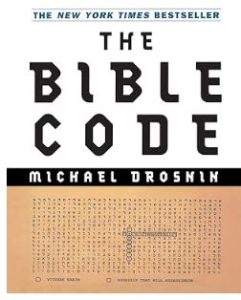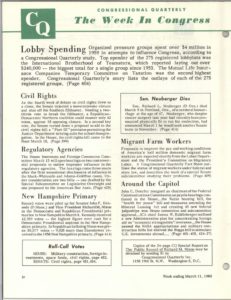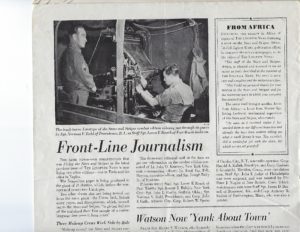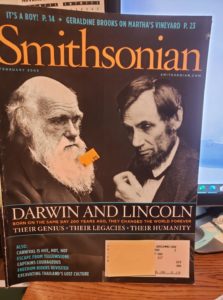
Our efforts at dis-accumulating continue. Perhaps not as fast as needed to do a downsizing in this decade, but we make a little progress. The last month has seen the old postcard collection acquired in the mid-1980s, having been left behind in the house we bought, for $115. But the buyer wanted me to ship it to Houston and so didn’t want the small, steel cabinet. I was able to sell that for an extra $10.
Then Lynda decided she was willing to part with the Gulf War memorabilia she brought back from Kuwait in 1991. They were supposedly Iraqi items. I listed them on Facebook Marketplace, not being sure they would sell. After one price reduction, a mom contacted me. She wanted them for her son (maybe a teenager), who loves military stuff. We were able to arrange a transfer that was convenient to both of us.
But really, the big thing we need to part with is books. For a bookiphile, that’s like cutting your wrist. But we have to do it. Despite the number of books we’ve gotten rid of, we still have at least 2,000 books in the house. I gave one away at writer’s critique group last week.
One book obviously isn’t much; we need to do more. In our living room is a built-in bookcase. We are going to have to dismantle this to repair some water damage that appears to be from improperly installed flashing around the chimney. We have already removed some books from the lower shelves and piled them, to prevent them from being damaged and allow the bookcase to dry from a little moisture found.
As Lynda and I discussed it, she suggested that we get rid of a series of Bible study books that are shelved on that built-in. We went through one of those books together, and started a second. They aren’t bad books. I learned something from them. But when you have 2,000 books, and need to unload at least a thousand, I agreed with her to put those in the sale/donation pile.
I then suggested we also get rid of two books from the built-ins, the two books in The Bible Code series. We read these aloud together. They are an easy read because the books are not long, are well-written, and have lots of illustrations of where the Bible may have a code in the books of Moses. I say “may have” because, while the writer makes a good case, I’m not fully convinced it’s true.
At first Lynda balked. She was more accepting of the Bible code than I was and thought more of the books than I did. But then she agreed with me that we read the books, got something from them, and with all the other books in the house we were unlikely to read them ever again. So she agreed to get rid of them. I’ll move them out tomorrow.
I also have a fairly large set of magazines about World War 2 that I got from my dad. I had intended to read them, but it looks as if I never will. I have them listed on Marketplace and lowered the price twice. I think I’ll do so again and see if they will sell. Also on the getting-rid-of-block is my collection of WW2 history books. They are all good. If I had a shortage of books I would probably read all of them again. But, with a book surplus and a shortage of years ahead, I think they will also go up for sale.
Six Bible studies, two Bible codes are a long way from 1,000 books. A good sized box of magazines, and perhaps ten war books are not much. But it’s a start. I’m hoping over Thanksgiving, when our children are here, we will be able to take some time to go through a few things and, with their encouragement, get rid of some things we haven’t done anything with since the 1970s through 1990s.
And that will be a good start.



